May Nature Happenings
-
Ruby-throated Hummingbirds make their long journey from Central America and the northern part of South America. Males arrive first in order to claim territory, with females following about ten days later. One of the best ways to welcome them to your yard is to have early blooming native plants, along with a feeder to offer nectar as a supplement to their natural foods. Insects make up a substantial portion of the hummingbirds’ diet. The best choice is to spray ourselves instead of broadcast spraying within our yards. To read more about Ruby-throated Hummingbirds, click here
-
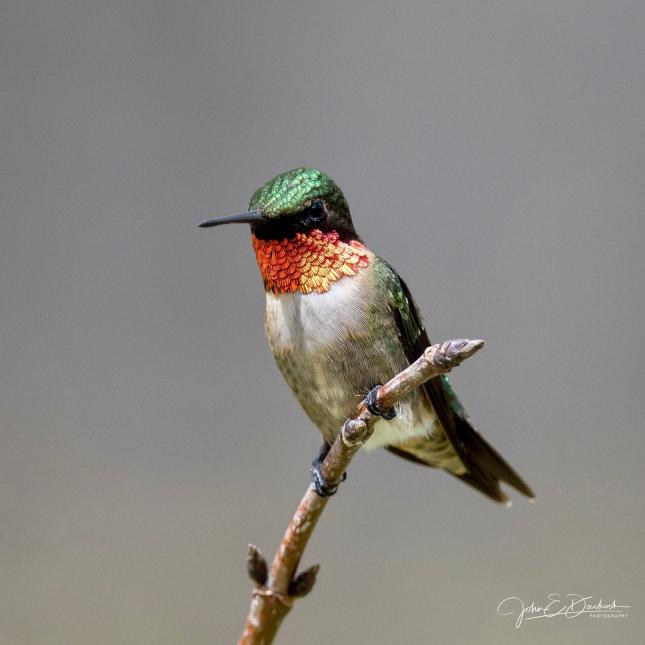
Baltimore Orioles have also made the long journey, migrating here to find the necessary food sources to raise their young. Milkweed plants that are left standing are a favorite of the female Oriole, who will clip it at the base of the plant and pull back to get the strand she wants to weave her nest. When they first arrive, many Orioles will visit feeders for the quick energy that they provide. Orioles raise their young on a diet of caterpillars and arthropods. Keeping your yard pesticide free will help provide the nourishment that the young birds need. To read more about Baltimore Orioles, click here
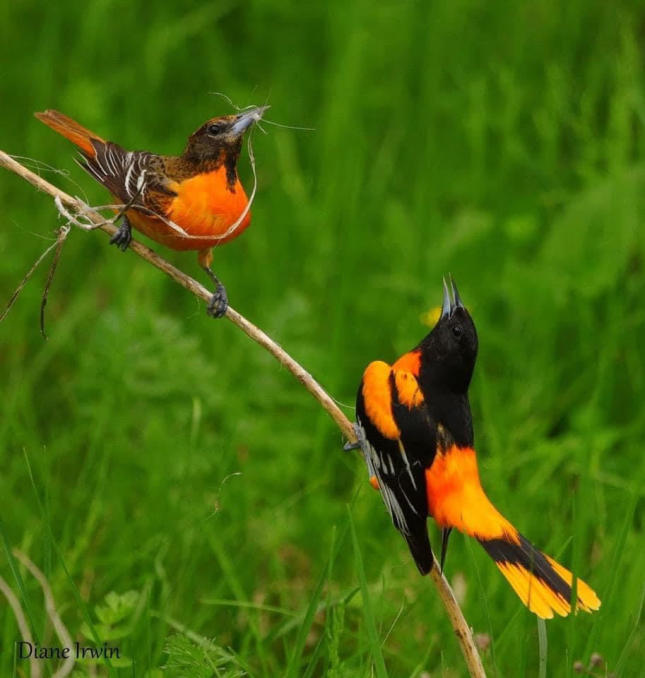
The eastern United States is known by birders to be unique in that we have a migration of wood warblers, concentrated within the first few weeks of May. Nearly 30 species will migrate through the region. These birds are migrating for the food source that allows them to raise a brood of young. Insects are what they seek and the plants that provide the insects are native plants. Oak trees (quercas) are the host tree to more species of moths and butterflies, thereby providing the caterpillars that the warblers need. Doug Tallamy, a well known entomologist, also suggests these keystone trees for providing natural bird food - Prunus (cherries and plums), Acer (maples), Pinus (pines), Ulmus (elms), and Fraxinus (ashes).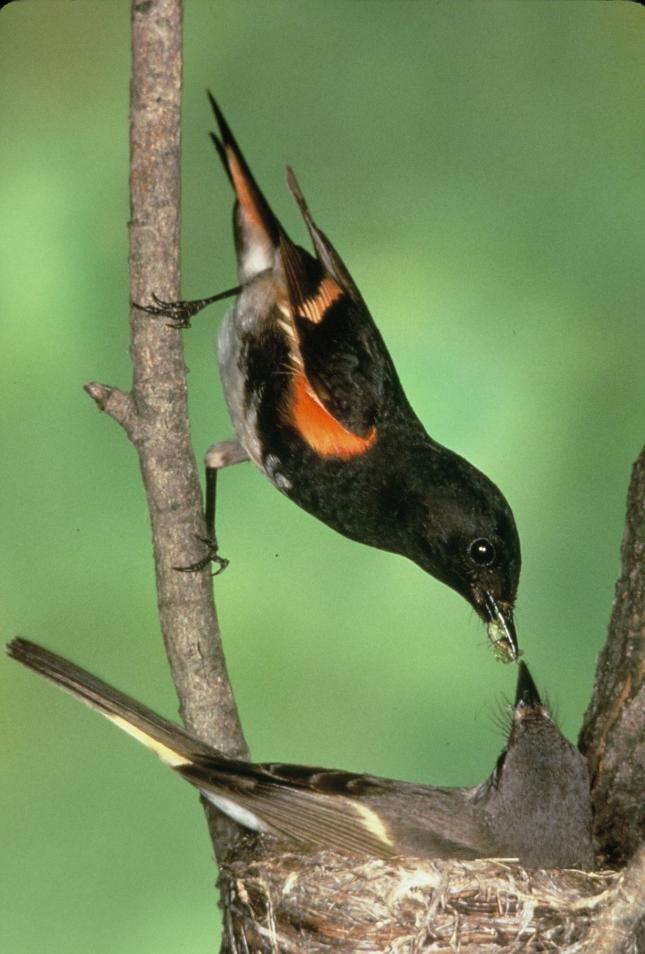
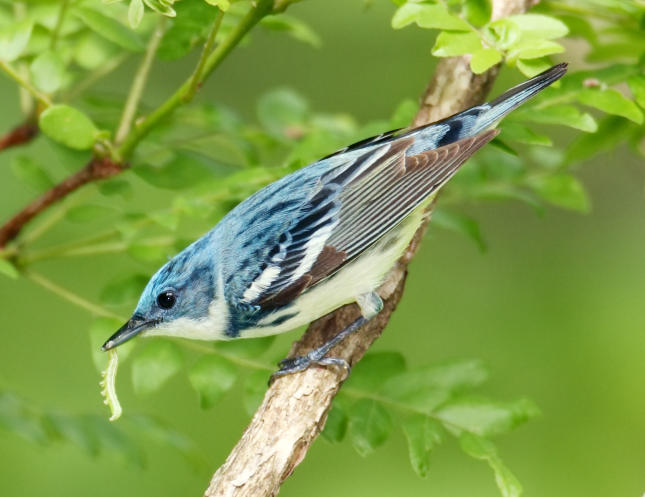
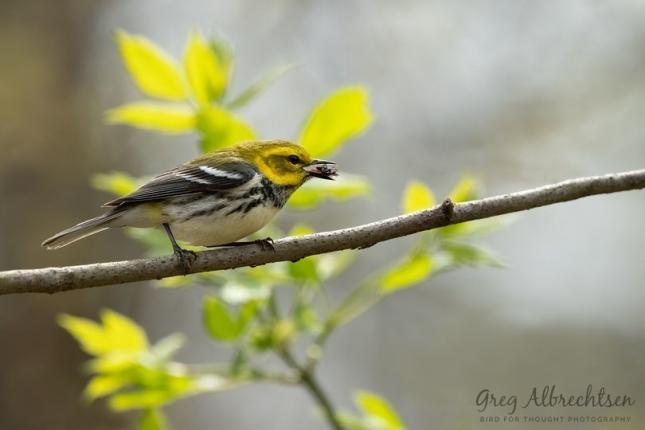
Rose-breasted Grosbeaks also migrate to the area in early May. The male has stunning plumage while the female is non-descript to conceal herself during time on the nest. Grosbeaks will indulge themselves on seeds that you offer including sunflower and safflower. They are also known to stop by at feeders that offer jelly.
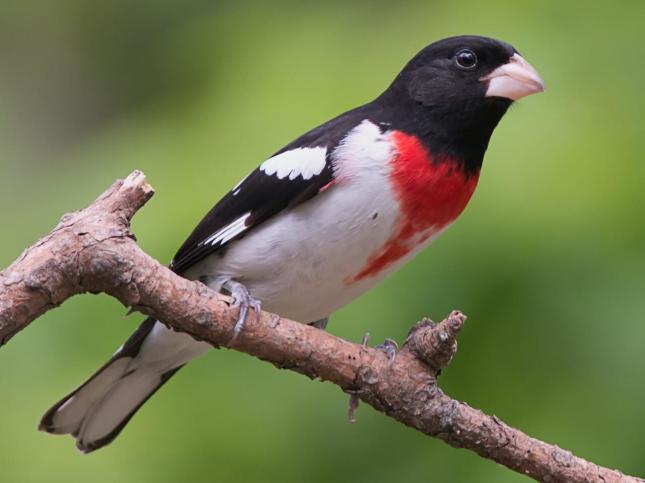
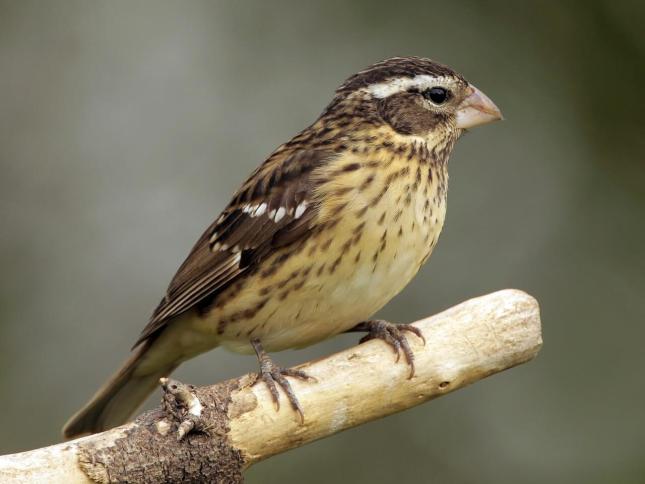
Thrushes return as well including Wood Thrush and Veery. Watch for them as they kick among the leaves and look for insects. All thrushes have amazing songs, well worth the time spent out doors to treat yourself.
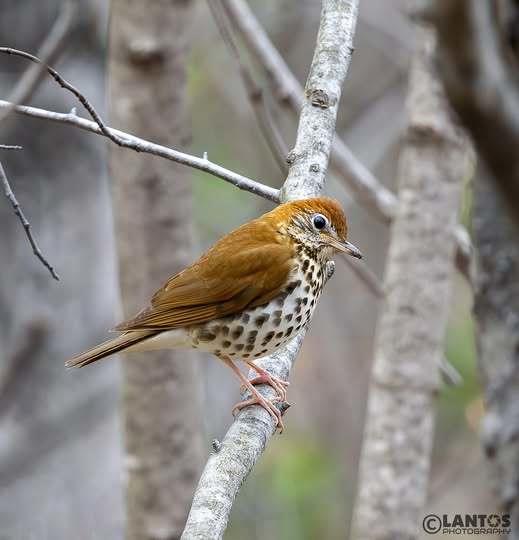
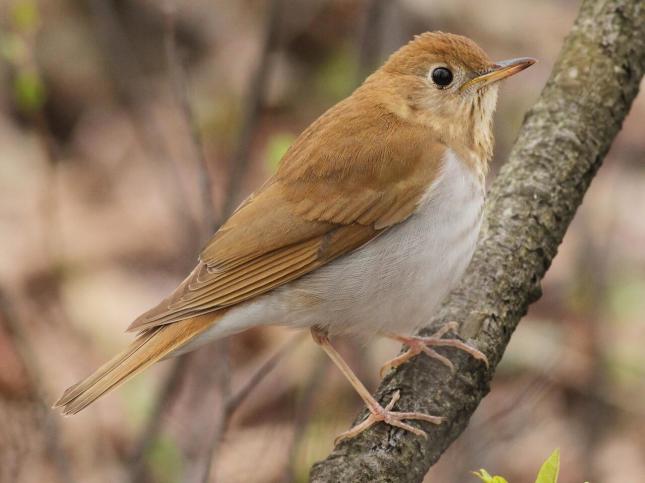
Perhaps one of the most rewarding aspects of this time of year is the morning chorus. Starting at 4:00 a.m. with the Robins, all of the resident birds are singing to proclaim territory and communicate with their females. Migrating birds may not yet be on their territory, but the urge to procreate encourages song all along their migratory pathway.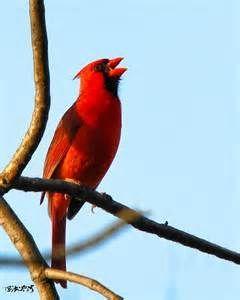
-
Nesting materials are being collected by Orioles, House Wrens, Robins and many others. Leave collections of twigs and plant material that you have cut back in piles to be able to watch the birds choose what they need for their nests.
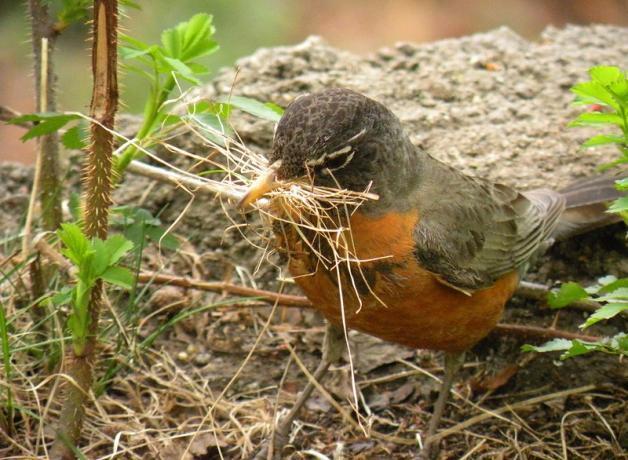
Chickadees and titmice become scarce at feeders as they nest and raise their young. This is a time when they concentrate on catching insects for their nestlings, and using that food source for themselves as well.


Nighthawks are another aerial insectivore that will grace the skies this month. Their large size and unique flight make them easily recognizable. They are not hawks as in “raptor”. They are seen more frequently at dusk and dawn. They use flat surfaces on which to create a nest. If they cannot find fields that suit their purposes, a roof top can be a popular choice.
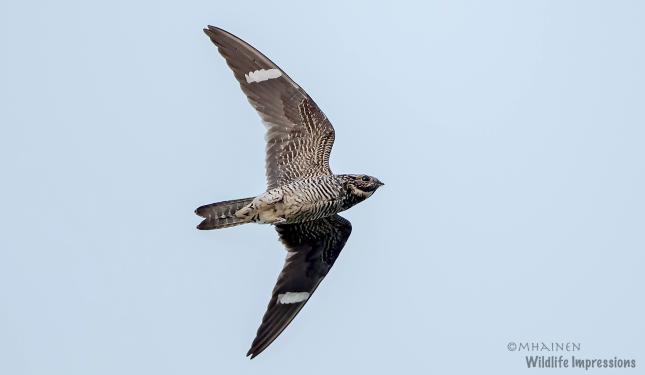

Sub-adult Purple Martins return to establish new colonies early in the month.
Yearling Purple Martins (previous year's fledglings) arrive mid- to late-May.

